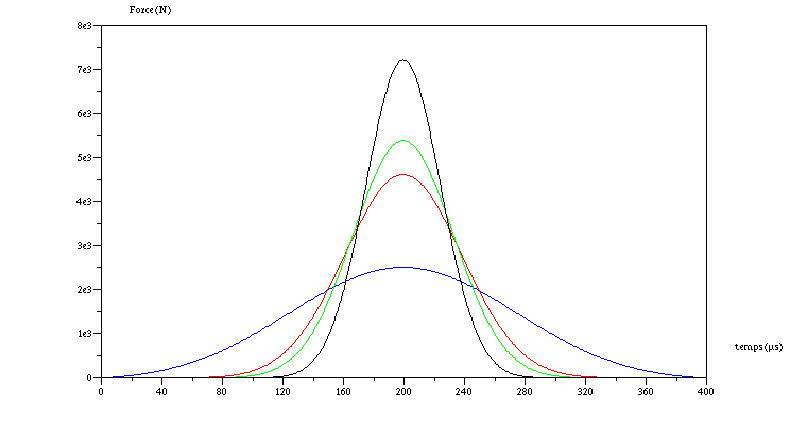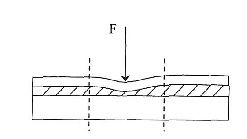AcouS STING calculation model
Homogeneous tiles
The model is based on an energy balance sheet of the slab


The energy injected by the hammer is distributed between the radiated energy and the dissipated energy.
The radiated energy is mainly controlled by the coefficient of radiation. The coefficient used is similar to that usually used finite thin plate and thus takes into account the dimensions of the plate and in particular the thickness which controls the critical frequency.
The dissipated energy is controlled by the coefficient of total losses, which included losses by internal viscosity and peripheral losses.
The injected energy is calculated from the characteristics of the hammer and takes into account the elasticity of the shock upon contact allowing a better approximation of the spectral density.

Temporal shape of the impact depending on the coating

Floating screed
The model is a mass-spring type. This calculates the frequency response of the filter in order to evaluate the relationship between the applied force on the bare floor and the applied force across the floating system. This filter is mainly driven by the resonant frequency by the radio of impedance place / hammer and the loss factor. You deduce the ΔL of the relationship between these two forces.
Soft floors
This model is based on the same principle as the previous one with the difference that the mass of the system is also flexible. We must therefore evaluate differently the force applied by the hammer on the coating. We therefore calculate the force applied according to the temporal evolution of the contact and the relative deformation of each element of the contact.



